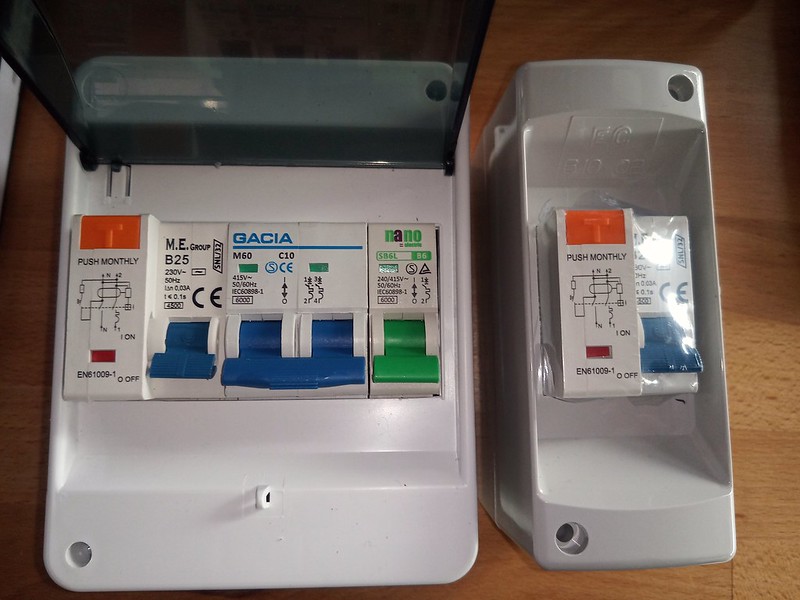SquirrellCook
Forum Member
1. Should you or should you not ground your electrical hook up to your vehicles body?
2. Should you ground your Inverter (Inverters) to your vehicle body.
3. If you have grounded any mains devices to the vehicle body should you use an earth spike to ensure that ground is 0 volts?
4. Do RCD's work if your mains equipment is not grounded?
5. If you are using a RCD for external mains connection should you also be using one for your inverter?
6. If you have an inverter connected to your starter battery and one also connected to your leisure battery can both inverters share the same ground and if so do they both need RCD's?
7. If you were switching between mains and an inverter to power the same devices would you connect the inverter and switch before or after the RCD?
2. Should you ground your Inverter (Inverters) to your vehicle body.
3. If you have grounded any mains devices to the vehicle body should you use an earth spike to ensure that ground is 0 volts?
4. Do RCD's work if your mains equipment is not grounded?
5. If you are using a RCD for external mains connection should you also be using one for your inverter?
6. If you have an inverter connected to your starter battery and one also connected to your leisure battery can both inverters share the same ground and if so do they both need RCD's?
7. If you were switching between mains and an inverter to power the same devices would you connect the inverter and switch before or after the RCD?

